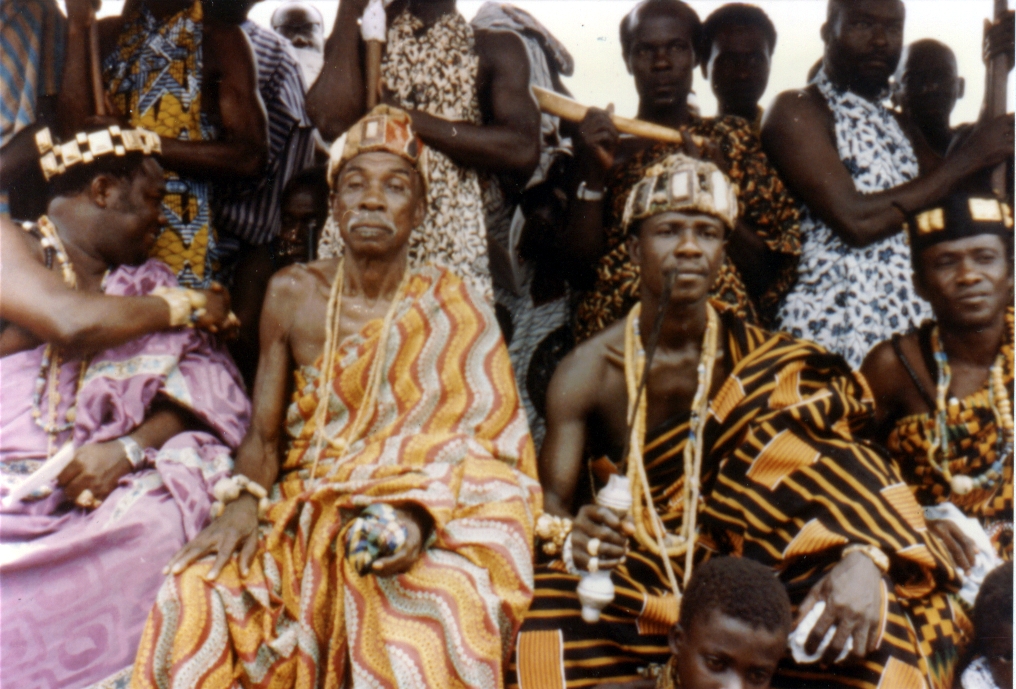Statistics Quiz 04 sprinog 2006 5.1 • Name:
- __________ Kilafwa thinks he has a 33% probability of winning the Rotary 5K fun run starting at 7:00 A.M. in the morning on the 25th of February 2006 from Palm Terrace. What type of probability is Kilafwa employing?
- __________ What is the probability of rolling a six on an eight sided die?
- __________ What is the probability of rolling a four or a multiple of four on a twelve sided die numbered one to twelve?
- __________ What is the probability of obtaining a head on a single toss of a coin?
- __________ What is the relative frequency for a result of 11 heads out of 20 tosses of a coin?
- __________ What is the population mean probability of obtaining tails on a coin?
- Why aren't four and five above the same?
- Under what conditions would tosses of coin as in five approach the value calculated in four?
 Sickle cell anemia is a blood disease that occurs among some people of African heritage. People with double recessive genes for sickle cell (ss) have the disease and suffer from a number of complications including kidney problems and they tend to die young. People with one dominant gene and one recessive gene (Ss) are carriers of the condition. Both double recessive and carriers are resistant to malaria, a deadly disease carried by mosquitoes in Africa. Double dominant people (SS) do not carry the disease and are otherwise healthy. Those who are double dominant (SS, however, have no resistance to malaria, and they die at young ages from malaria. Thus both double dominants (SS) and double recessives (ss) tend to die young, the former from malaria and the later from sickle cell anemia. Only carriers tend to survive. Mate a carrier (Ss) "survivor" father with a carrier (Ss) "survivor" mother.
Sickle cell anemia is a blood disease that occurs among some people of African heritage. People with double recessive genes for sickle cell (ss) have the disease and suffer from a number of complications including kidney problems and they tend to die young. People with one dominant gene and one recessive gene (Ss) are carriers of the condition. Both double recessive and carriers are resistant to malaria, a deadly disease carried by mosquitoes in Africa. Double dominant people (SS) do not carry the disease and are otherwise healthy. Those who are double dominant (SS, however, have no resistance to malaria, and they die at young ages from malaria. Thus both double dominants (SS) and double recessives (ss) tend to die young, the former from malaria and the later from sickle cell anemia. Only carriers tend to survive. Mate a carrier (Ss) "survivor" father with a carrier (Ss) "survivor" mother.
- __________ What percent of their children are likely to be double dominant?
- __________ What percent of their children are likely to be double recessive?
- __________ What percent of their children are likely to be carriers?
- __________ What percent of their children are likely to die young?
 Sickle cell anemia is a blood disease that occurs among some people of African heritage. People with double recessive genes for sickle cell (ss) have the disease and suffer from a number of complications including kidney problems and they tend to die young. People with one dominant gene and one recessive gene (Ss) are carriers of the condition. Both double recessive and carriers are resistant to malaria, a deadly disease carried by mosquitoes in Africa. Double dominant people (SS) do not carry the disease and are otherwise healthy. Those who are double dominant (SS, however, have no resistance to malaria, and they die at young ages from malaria. Thus both double dominants (SS) and double recessives (ss) tend to die young, the former from malaria and the later from sickle cell anemia. Only carriers tend to survive. Mate a carrier (Ss) "survivor" father with a carrier (Ss) "survivor" mother.
Sickle cell anemia is a blood disease that occurs among some people of African heritage. People with double recessive genes for sickle cell (ss) have the disease and suffer from a number of complications including kidney problems and they tend to die young. People with one dominant gene and one recessive gene (Ss) are carriers of the condition. Both double recessive and carriers are resistant to malaria, a deadly disease carried by mosquitoes in Africa. Double dominant people (SS) do not carry the disease and are otherwise healthy. Those who are double dominant (SS, however, have no resistance to malaria, and they die at young ages from malaria. Thus both double dominants (SS) and double recessives (ss) tend to die young, the former from malaria and the later from sickle cell anemia. Only carriers tend to survive. Mate a carrier (Ss) "survivor" father with a carrier (Ss) "survivor" mother.